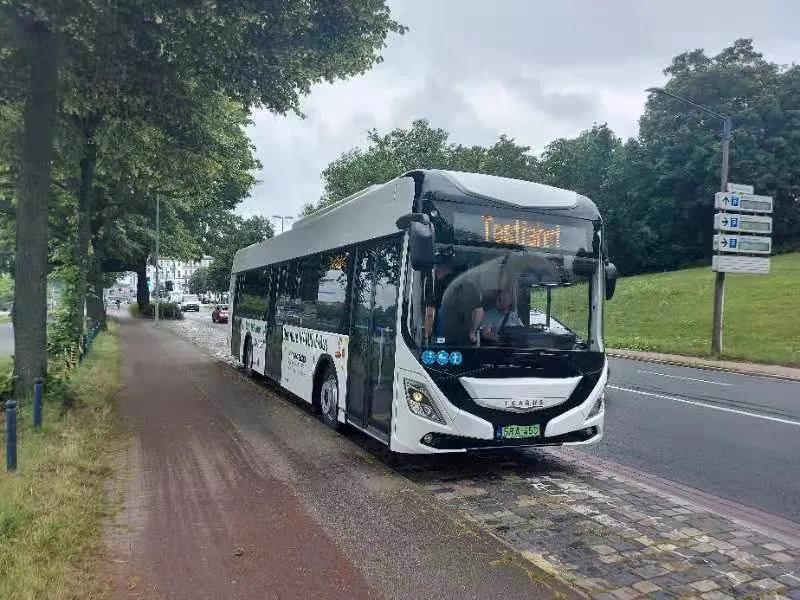Is a Pure Electric City Bus the Right Choice for Your Fleet Upgrade?
Apr. 15, 2025
In today’s rapidly evolving transport landscape, public transit authorities face increasing pressure to modernize their fleets. Aging diesel buses are becoming costlier to maintain, environmental regulations are tightening, and public expectations for cleaner air and quieter streets are growing.
But with so many alternatives on the market—hybrid vehicles, compressed natural gas (CNG), and fully electric options—many fleet managers are asking:
Is switching to a Pure Electric City Bus really the right move?
Let’s break it down.
What Exactly Is a Pure Electric City Bus?
A pure electric city bus is a fully battery-powered vehicle that runs on electric motors rather than internal combustion engines. Unlike hybrids, it produces zero emissions during operation and generates far less noise on the road.
Key features include:
Powered solely by lithium-ion or solid-state batteries
Rechargeable via fast-charging or slow overnight charging stations
No tailpipe emissions
Significantly lower noise levels
Compared to diesel or CNG buses, the pure electric model stands out for its simplicity and sustainability.
What Are Fleet Operators Worried About?
Despite the benefits, operators often raise valid concerns:
Will the range be enough for our routes?
Many modern electric buses offer ranges of 250–350 km per charge, enough for most urban daily cycles. With smart route planning, even high-demand fleets can operate seamlessly.
Is the charging infrastructure ready?
Charging networks are expanding fast. Overnight depot charging is sufficient for many operators, and fast-charging hubs are becoming common in smart cities.
How do the costs compare?
While upfront costs are higher, lifetime operating costs are significantly lower thanks to savings on fuel, maintenance, and government incentives.
What about reliability?
Electric buses have fewer moving parts, meaning less frequent breakdowns and lower maintenance overhead.
Solving Real-World Fleet Challenges
Here’s how a Pure Electric Bus can directly address your operational pain points:
| Challenge | Electric Bus Solution |
|---|---|
| High fuel prices | Electricity is cheaper and more stable in price |
| Frequent maintenance issues | Electric powertrains require fewer repairs |
| Emission regulations tightening | Zero-emission compliance built-in |
| Public demand for clean transit | Silent, smooth, eco-friendly experience |
Case in Point: A Latin American city recently replaced 40 diesel buses with pure electric models. Within 18 months, they saw a 30% reduction in operating costs and a 90% decrease in local air pollution readings around key stops.
So, When Is the Right Time to Switch?
It depends on your current fleet and local context. Consider the following indicators:
Your buses are more than 8 years old and due for replacement
Fuel and repair costs are rising year over year
Government subsidies or tax incentives are available
Your city has emission goals or a clean energy initiative
If two or more of the above apply, now is likely the ideal time to transition.
Conclusion: Is It the Right Choice?
If you're aiming for long-term cost savings, regulatory compliance, and a more sustainable transit future, then yes—a Pure Electric City Bus is not just the right choice, but a strategic one.
What’s Next?
Curious how a pure electric fleet would work in your city?
Contact us for a customized cost-benefit analysis.
Or download our Free Electric Bus Transition Guide to get started.
5
0
0
None
None



Comments
All Comments (0)